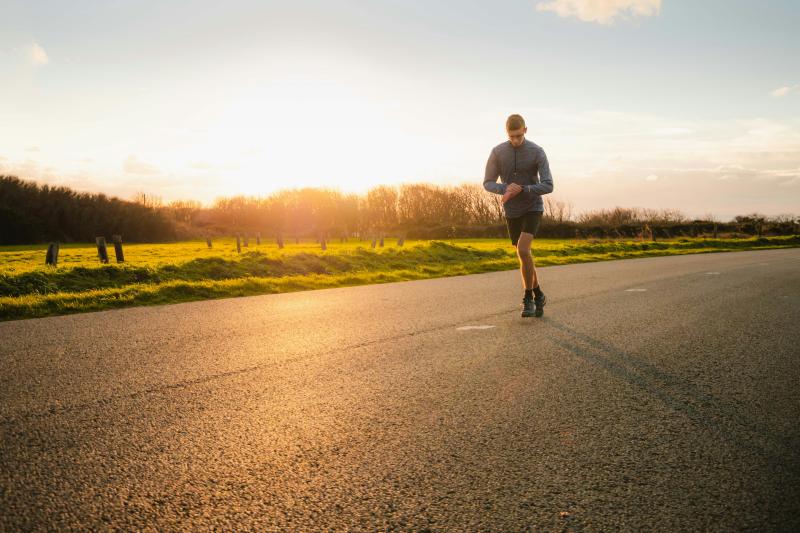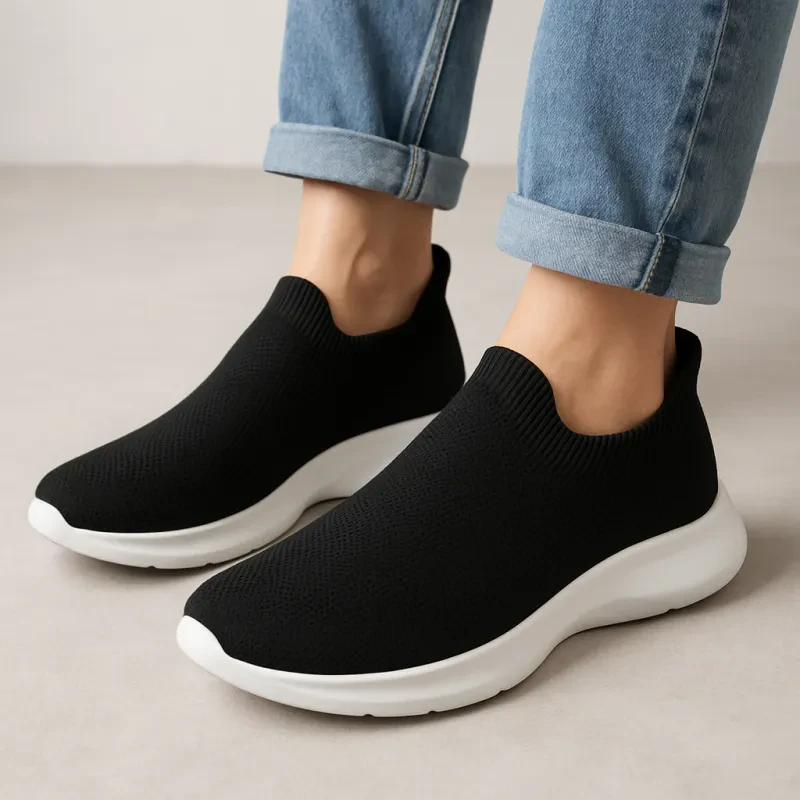Many parents wonder if it is safe to machine wash toddler sneakers. The straight answer is yes, but only if the shoes are made of certain materials like cloth, canvas, or mesh. Leather, suede, and shoes with special parts like metal cleats should not be machine washed because they can be damaged.

Machine washing can save time and clean shoes, but it must be done carefully. Using a gentle cycle and putting shoes inside a protective bag or pillowcase helps keep them safe during the wash. Proper drying after washing is also important to avoid damage or shrinkage.
Knowing when and how to machine wash toddler sneakers can make the process easier and more effective. This article will help readers understand the best way to clean these shoes without causing harm.
Key Takeaways
- Machine washing works for cloth and mesh toddler shoes.
- Protecting shoes in a bag prevents damage during washing.
- Avoid machine washing for leather or special-sole sneakers.
Is Machine-Washing Toddler Sneakers Safe?
Machine washing toddler sneakers depends mainly on their material, design, and the care advice from the maker. Some sneakers handle washing machines well, while others can damage or ruin the machine. Choosing the right approach protects both the shoes and the appliance.
Assessing Sneaker Material and Construction
Toddler sneakers made from canvas, nylon, cotton, or polyester generally hold up better in a washing machine. These materials are more durable and less likely to shrink or deform. Sneakers with leather, suede, or glued parts risk damage. The fabric can weaken or peel when soaked or spun aggressively.
The design also matters. Sneakers with strong stitches and minimal glued areas last longer in the machine. Thick soles and firm shapes resist damage better than flexible or delicate footwear. Removing laces and insoles helps protect the shoes inside the washer.
Potential Risks to Footwear and Appliance
Machine washing can harm toddler sneakers if done improperly. The high spin speed and soaking can cause glue to loosen, fabric to fade, or soles to detach. Shoes may also lose their shape, making them uncomfortable.
Inside the washing machine, hard sneaker parts can hit the drum, causing noise or damage. Sneakers tossed loosely might tangle with laces or other items. Using a laundry bag or old pillowcase reduces this risk.
Repeated machine washing may wear out fabrics faster. Using cold water and gentle cycles lowers these risks.
Manufacturer Guidelines for Care
Many sneaker brands advise checking care labels before machine washing. Some say hand washing or spot cleaning is safer to keep sneakers looking good and lasting longer. Only a few recommend machine washing, mainly for canvas or synthetic trainers.
Following the manufacturer's instructions ensures warranty and avoids damage. If no clear guidance exists, err on the side of gentle hand cleaning or use minimal machine cycles with protective covers.
Always remove loose dirt and thoroughly clean before placing toddler sneakers in the washing machine.
Best Practices for Machine Washing Toddler Sneakers
Proper care is important when washing toddler sneakers in a machine. Preparing the shoes, selecting the right detergent and cycle, using protection during washing, and drying them correctly all help keep the shoes clean and safe from damage.
Preparing Sneakers for Washing
First, remove the laces and insoles from the sneakers. Laces can get tangled, and insoles may be damaged or hold water, so it's better to wash them separately by hand.
Next, check the shoes for any heavy dirt or mud. Brush off loose dirt before placing them in the machine. This step helps prevent clogs in the washer and keeps the shoes cleaner.
Putting the sneakers inside a pillowcase or mesh laundry bag protects them from bumping too much during the wash. Tie the pillowcase closed tightly to keep the shoes secure.
Choosing Detergent and Cycle Settings
Use a mild soap or detergent that won’t be harsh on the sneakers' material. Avoid bleach or strong detergents, as they can cause colors to fade or damage fabric.
Set the washing machine to a gentle or delicate cycle. Use cold or lukewarm water to avoid shrinking or warping the shoes. These settings reduce wear on both the sneakers and the washer.
Avoid heavy-duty or hot water cycles. These can be too rough on toddler shoes, especially if they have glued parts or soft fabric.
Using Protective Measures
Place the sneakers inside a pillowcase or a mesh laundry bag before putting them in the machine. This limits bouncing and rubbing during the washing cycle, which protects the shoe shape.
It’s best to wash shoes with towels or soft items to cushion them. Avoid washing with heavy or sharp objects.
Removing the laces and washing them separately also stops tangling and protects both the laces and the washer drum.
Proper Drying Techniques
Do not dry toddler sneakers in a dryer. High heat can warp, shrink, or damage the shoes.
Instead, air dry the shoes. To keep their shape while drying, stuff them lightly with paper towels or cloth.
Place sneakers on a drying rack in a well-ventilated area away from direct sunlight or heat sources. This will help prevent damage and keep them fresh.
Depending on the materials and humidity, drying may take a day or more. Avoid wearing damp shoes to prevent discomfort or bacterial growth.


